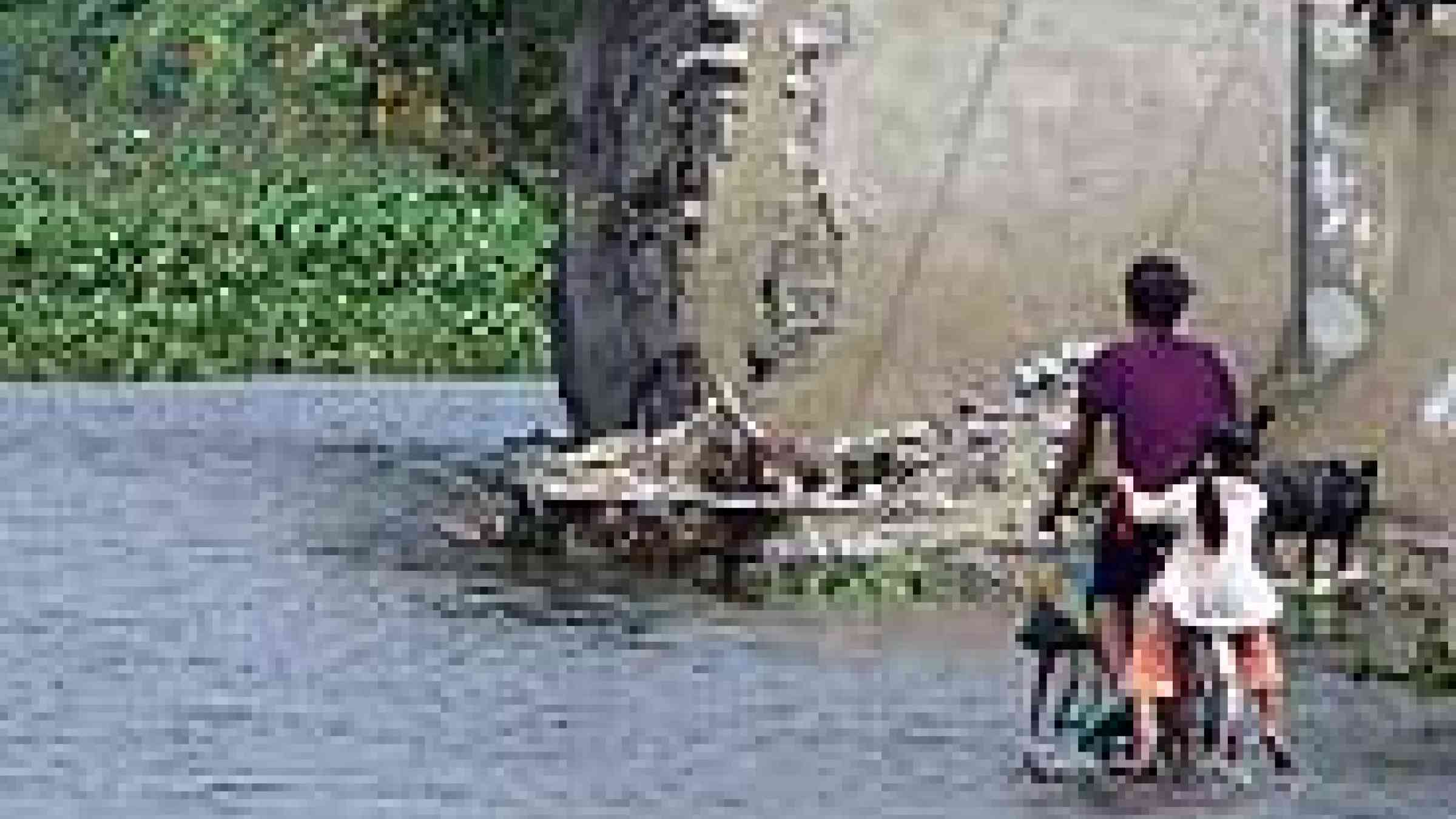
Hanoi - Flooding is a frequent occurrence in Vietnam's central highlands so when forecasters warned that Tropical Storm Mirinae would hit on 2 November, officials and residents took the usual precautions.
Thousands were evacuated from low-lying areas, residents reinforced their homes with sandbags and fishing boats were ordered into port.
But despite those efforts - even as forecasters predicted that the storm would fizzle out - some 98 people lost their lives, and 20 are still missing.
According to the Central Committee for Flood and Storm Control (CCFSC), as of 4 November, more than 60,000 homes were flooded, damaged or had collapsed.
"The severity was surprising," Ian Wilderspin, a disaster risk reduction specialist with the UN Development Programme (UNDP) told IRIN in Hanoi.
"People were evacuated and there was a good level of preparedness", but the sustained heavy rains were not expected, he said.
Compounding the damage, the storm arrived as the region was still recovering from Typhoon Ketsana, which killed more than 160 people in Vietnam in September.
Phu Yen Province in central-southern Vietnam was the hardest hit, with 69 people dead.
Officials said 600mm of rain fell in a 24-hour period, turning roads into rivers and submerging entire towns. Rivers in five provinces passed Level 3, the government's highest designation.
All across the region, officials expressed surprise at the strength of the storm that has now been downgraded to a tropical depression.
"It's the heaviest rain in about 60 years," said Nguyen Van Thien, director of the CCFSC in Binh Dinh Province. "It's really a mess, with trees uprooted, houses collapsed or their roofs pulled off."
Relief has started to arrive now that the rains have subsided. Thien says the military is using helicopters to deliver instant noodles to people who are still stranded.
With 300,000 people living in flooded areas in Binh Dinh alone, the need for more supplies is expected to grow. Local authorities have asked for an additional 50 tonnes of food supplies from the central government.
Forecasting to blame?
Only last week, at a meeting in Hanoi to address Vietnam's weather forecasting abilities, government meteorologists were lamenting the country's outdated technology and inexperienced forecasters.
Vietnam lacks sufficient radar and air-sensing stations that measure air temperatures and humidity. Without proper equipment, forecasters are unable to accurately predict a storm's direction or give precise warnings about how much rain may fall.
"Compared to other countries, Vietnam's capacity, infrastructure, equipment and technology in terms of meteorological forecasting are very backward," Bui Minh Tang, director of the National Center for Hydro-Meteorological Forecasting told state-run media.
"If you look at the scale and complexity of these storms, it's a challenge," acknowledged UNDP's Wilderspin.
As storms are predicted to hit Vietnam with more frequency and greater ferocity, the country will have to improve its identification of where they will hit and preparation for when they do.
"Vietnam's response to storms and flooding has radically improved in the past few years," said Wilderspin. The government now coordinates disaster preparedness and relief efforts with the UN and NGOs. Public warning systems are in place in many vulnerable areas.
"A lot can be done but a lot has been done to reduce the risk," he added.
mao/ds/mw